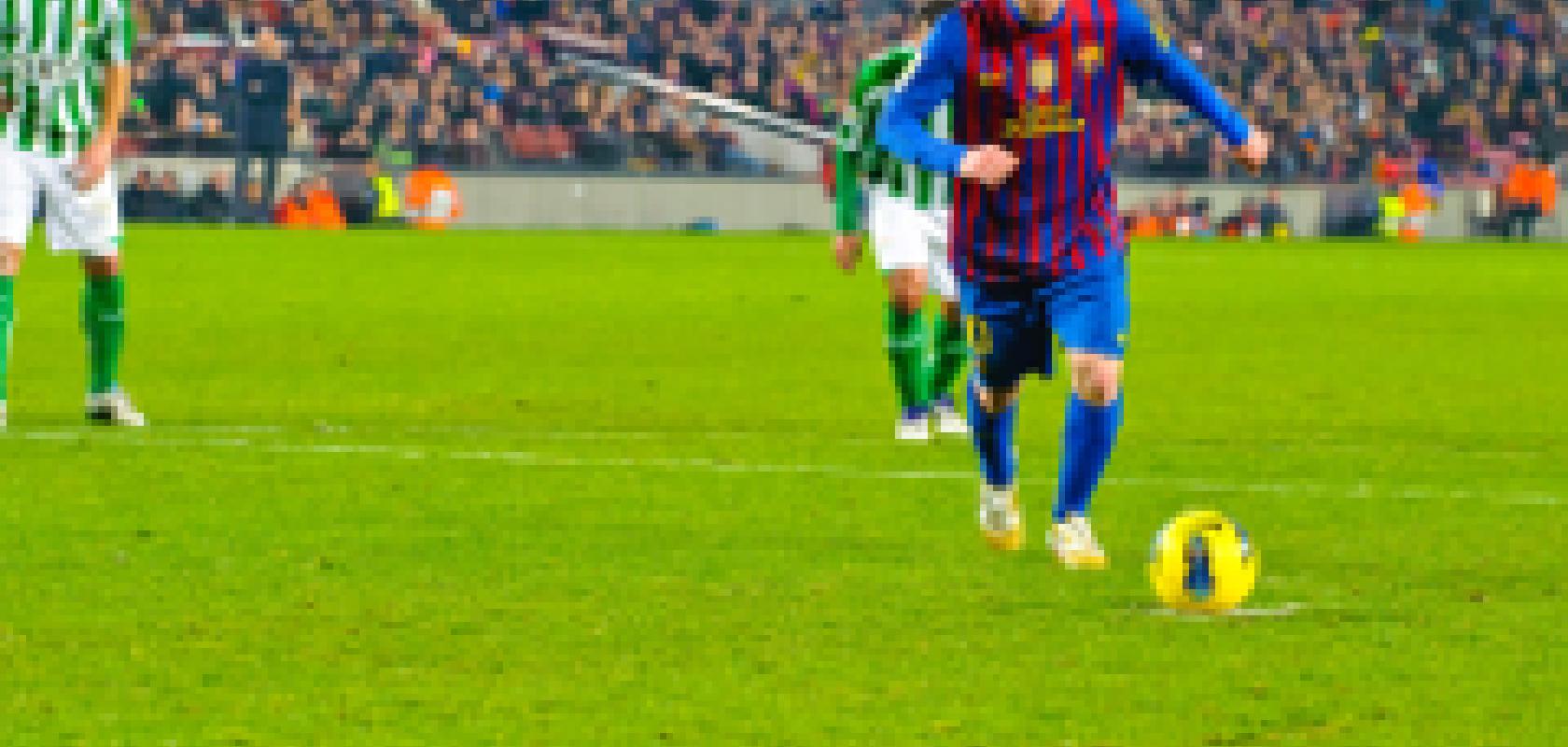Stemmer Imaging and a team of four students from Farnborough Sixth Form College have completed a six-month vision project to develop a system for tracking a football’s trajectory during a penalty kick and investigate ways of implementing the technique into a smartphone and tablet app.
The project forms part of the Engineering Education Scheme in England and Scotland, an EDT Programme that links teams of four Year 12 or S5/S6 students and their teacher with local companies to work on real, scientific, engineering and technological problems. At the recent regional ‘Celebration and Assessment Day’ held at BP Sunbury, the panel of judges awarded the Farnborough team 91 marks out of a possible maximum of 104 (the top mark in their group) based on technical skills, communication skills and project management.
EDT operates a range of work-related learning schemes to provide opportunities for 11- to 21-year-olds to enhance their technical, personal and employability skills and careers awareness through industry-led projects, industrial placements and specialised courses.
The judges rated the Farnborugh team's 55-page report as ‘at least undergraduate level, more like professional level’. They also received the only two ‘outstanding’ marks awarded (one for how they responded to being interviewed about the project, the other for their innovation and enterprise).
Jon Vickers, technical manager at Stemmer, co-ordinated the technical aspects of the project. He said: 'With the recent announcement by the English Premier League that they will use goal line technology in season 2013-14 and the likely uptake of similar technology by FIFA for the 2014 World Cup, football trajectory tracking is highly topical.
'In this project, the students had to consider the theoretical requirements of capturing 3D data describing the trajectory of the ball and then put that into practice to evaluate the cameras, lenses, software and lighting needed. They also had to take account of effects on the ball such as spin. They then looked at how the techniques could be translated into a game and came up with four possible ideas, before deciding on an app that would allow players to score points by trying to hit different targets in the goal. They were able to produce some very encouraging prototype ideas.'


